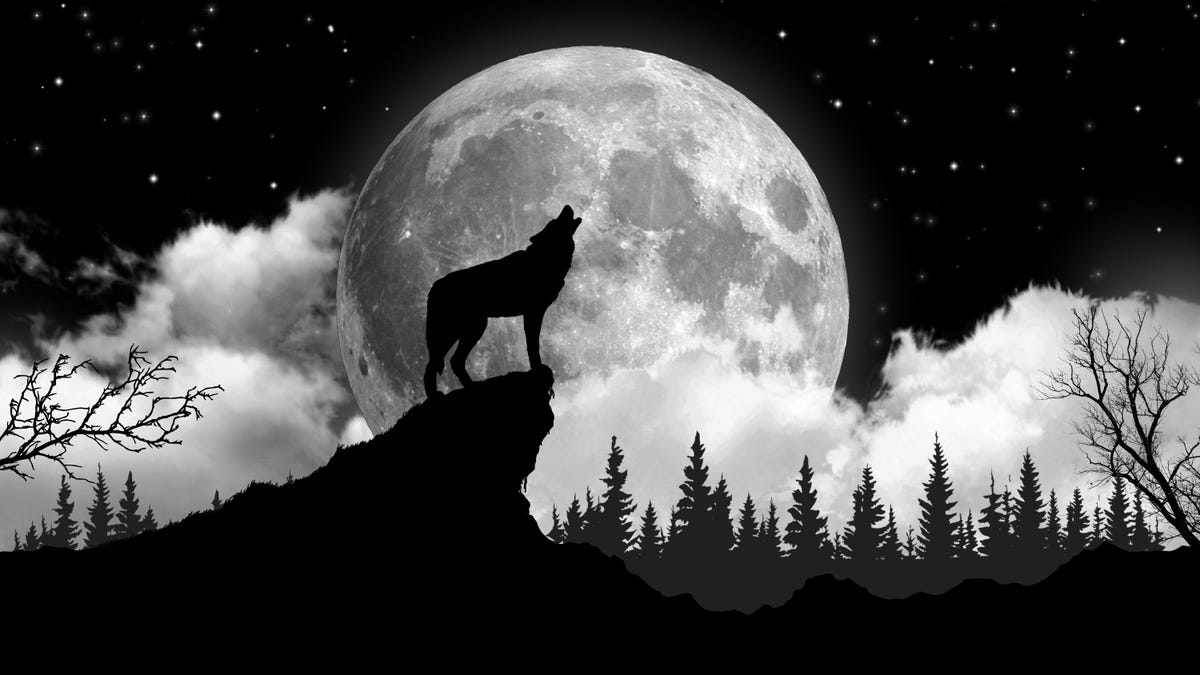
As the James Webb Space Telescope heads towards its distant destination from Earth, good news flowed from deep space: it has plenty of fuel left.
Scientists delivered the news during a press conference Saturday (Jan. 8) held to mark the historic mirror deployment in space, as Webb executed the most complicated deployment of its lifetime with no major hiccups.
“When we launched, by design our limiting resource is propellant,” Bill Ochs, the Webb project manager, told reporters in the livestreamed press conference, which was hosted by the NASA Goddard Space Flight Center in Maryland.
Live updates: NASA’s James Webb Space Telescope mission
In photos: The Christmas launch of NASA’s James Webb Space Telescope
He paid tribute to the super-precise launch that an Arianespace Ariane 5 heavy-lift rocket executed as it hefted Webb to space from French Guiana on Dec. 25.
“Right now, because of the the efficiency or the accuracy with which Ariane 5 put us on orbit, and our accuracy and effectiveness implementing our mid-course corrections, we have quite a bit of fuel margin right now relative to 10 years,” Ochs said, speaking of an earlier fuel estimate.
“Roughly speaking, it’s around 20 years of propellant, roughly speaking, and that’s TBD [to be determined],” he added.
While Ochs did not elaborate on why that is to be determined, one large factor is a looming midcourse correction the telescope is expected to execute in about two weeks to put it on track for its ultimate destination.

Webb is expected to arrive at an “insertion location” by Jan. 23, where it will fire its engines to glide to a “parking spot” called Earth-sun Lagrange Point 2 (L2) about 930,000 miles (1.5 million kilometers) away from our planet.
This Lagrange point is balanced between the gravitational forces of the sun, Earth and moon and will allow the telescope to stay steady while using a minimum of fuel, NASA has said.
Follow Elizabeth Howell on Twitter @howellspace. Follow us on Twitter @Spacedotcom and on Facebook.
Join our Space Forums to keep talking space on the latest missions, night sky and more! And if you have a news tip, correction or comment, let us know at: community@space.com.

Elizabeth Howell, Ph.D., is a contributing writer for Space.com since 2012. As a proud Trekkie and Canadian, she tackles topics like spaceflight, diversity, science fiction, astronomy and gaming to help others explore the universe. Elizabeth’s on-site reporting includes two human spaceflight launches from Kazakhstan, and embedded reporting from a simulated Mars mission in Utah. She holds a Ph.D. and M.Sc. in Space Studies from the University of North Dakota, and a Bachelor of Journalism from Canada’s Carleton University. Her latest book, NASA Leadership Moments, is co-written with astronaut Dave Williams. Elizabeth first got interested in space after watching the movie Apollo 13 in 1996, and still wants to be an astronaut someday.
Note: This article have been indexed to our site. We do not claim legitimacy, ownership or copyright of any of the content above. To see the article at original source Click Here













